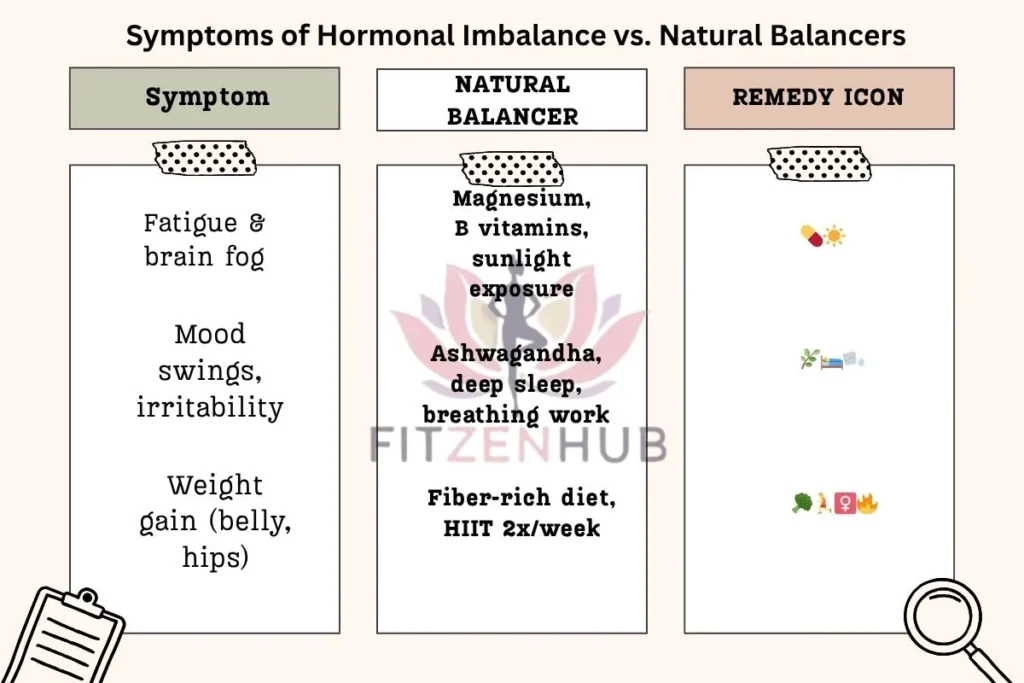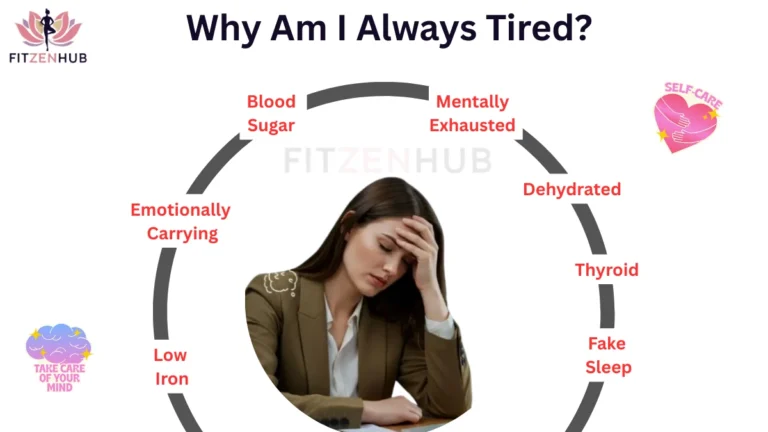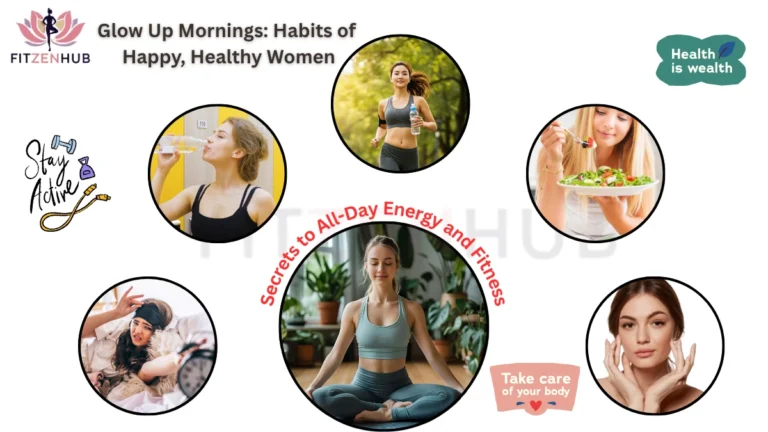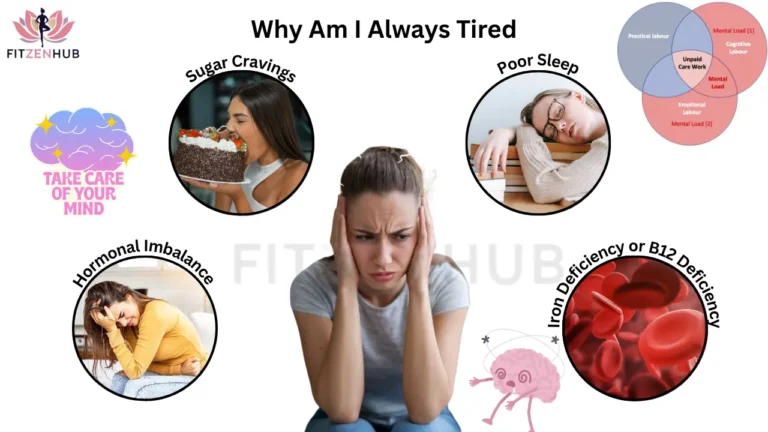Feeling off, tired, or out of sync after 30? Discover this powerful daily guide to naturally balance hormones, boost energy, lift mood, and reclaim your body — no meds required. Backed by science, made for real women.
✅Introduction
Hormones silently dictate everything — from your mood swings to your metabolism, your skin clarity to your sleep quality. For women over 30, hormonal imbalance becomes a common struggle. But here’s the truth: you don’t need harsh meds or expensive therapies to regain control. There are natural, simple, science-backed ways to balance your hormones — and this daily guide will show you how.
✅What Happens to Women’s Hormones After 30?
As women enter their 30s, key hormones like estrogen, progesterone, and cortisol begin to shift. You may notice:
Irregular periods
Fatigue or brain fog
Unexplained weight gain
Low libido
Mood swings or anxiety
This is often the beginning of perimenopause, but early hormonal decline can also result from stress, poor diet, or lack of sleep.
Symptoms of Hormonal Imbalance
Understanding your body is the first step. Common red flags include:
Symptom Likely Hormonal Cause
Persistent acne Excess androgens or insulin resistance
Belly fat gain High cortisol or low progesterone
Night sweats Fluctuating estrogen
Cravings & bloating Insulin imbalance
PMS or painful periods Estrogen dominance
The 10-Step Daily Routine to Balance Hormones Naturally
These aren’t fads — they’re research-backed, realistic daily practices that help real women feel better:
1. Start Your Morning With Warm Lemon Water
Lemon water alkalizes your system and stimulates the liver to detox excess estrogen and other toxins that may block hormonal function.

2. Eat a Hormone-Balancing Breakfast
Avoid skipping breakfast. Instead, opt for:
High-quality protein (eggs, chia pudding, Greek yogurt)
Healthy fats (avocados, nuts)
Fiber (berries, flaxseeds)
This stabilizes blood sugar and cortisol.
3. Prioritize Gentle Morning Movement
Try 20–30 minutes of:
Walking
Yoga
Pilates
Over-exercising spikes cortisol. Gentle movement optimizes insulin and thyroid hormones.
4. Add Adaptogens to Your Routine
Adaptogens like ashwagandha, maca, and holy basil support adrenal function and lower stress hormones.
Take them in tea, smoothies, or capsules — but always start small.
5. Limit Sugar & Processed Foods
Processed carbs and sugars cause insulin spikes, worsen estrogen dominance, and increase inflammation. Focus on whole foods:
Veggies
Grass-fed protein
Healthy fats
1️⃣ What’s Your Current Hormone Mood?
2️⃣ Morning Routine Reality Check?
3️⃣ Your PMS Superpower Is…
4️⃣ What Happens When You Try to Meditate?
5️⃣ How Would You Describe Your Hormones Today?
6. Stay Hydrated (the Right Way)
Aim for 2–3 liters per day, adding electrolytes (like pink salt or coconut water) if needed. Dehydration affects cortisol and thyroid hormone conversion.
7. Support Gut Health Daily Your gut directly impacts hormone detox. Include:
Probiotic-rich foods (kimchi, yogurt, sauerkraut)
Prebiotic fibers (onions, garlic, leeks)
Digestive enzymes if bloating is common
8. Sync With Your Menstrual Cycle If still menstruating, align your habits with your hormonal phases:
Follicular Phase (Days 1–14): Focus on energy, workouts
Luteal Phase (Days 15–28): Slow down, eat warm foods, support progesterone
9. Power Down Blue Light & EMFs at Night Artificial light at night suppresses melatonin and disrupts cortisol rhythm:
Blue-light blockers
Airplane mode during sleep
A strict no-screen-before-bed rule
💖 Hormone Harmony Estimator
10. Get 7–9 Hours of High-Quality Sleep
Sleep is when your body resets all major hormones. Keep a consistent bedtime (10 p.m. is ideal), sleep in a dark room, and avoid stimulants after 2 p.m.
Foods That Naturally Balance Hormones
Food Benefit
Flaxseeds Balance estrogen
Broccoli & kale Support liver detox
Pumpkin seeds Boost progesterone
Avocados Reduce cortisol
Wild salmon Improves insulin sensitivity
Bonus: Hormone Lab Tests You Should Ask For
Ask your doctor for:
Full Thyroid Panel (TSH, T3, T4)
Progesterone (Day 21)
Estradiol (Day 3)
Fasting Insulin & A1C
DHEA & Cortisol (saliva or blood)
When to Seek Medical Help
While natural changes help, don’t ignore:
Irregular periods for 3+ months
Severe mood changes
Hair loss or deep fatigue
These could signal PCOS, thyroid disorders, or early menopause.
Also read: How to Build Lean Muscle at Home
📚 Sources :
- Cleveland Clinic – Natural Ways to Balance Hormones
- Johns Hopkins Medicine – Hormonal Imbalance in Women
- Harvard Health – Women’s Health After 30
- NIH – Hormonal Health and Aging
✅Conclusion:
Hormonal balance doesn’t require magic pills — just consistent, daily habits rooted in real science. By focusing on whole foods, sleep, movement, and stress reduction, you can take charge of your health, mood, and energy — naturally.
✅FAQs:
Q: Can I balance hormones without supplements?
A: Yes, with the right diet, lifestyle, and sleep habits.
Q: How long does it take to notice changes?
A: Most women report improvements within 4–8 weeks.
Q: Can I do this if I’m on birth control?
A: Yes — these practices support your body regardless of medication, but speak to your doctor first.







